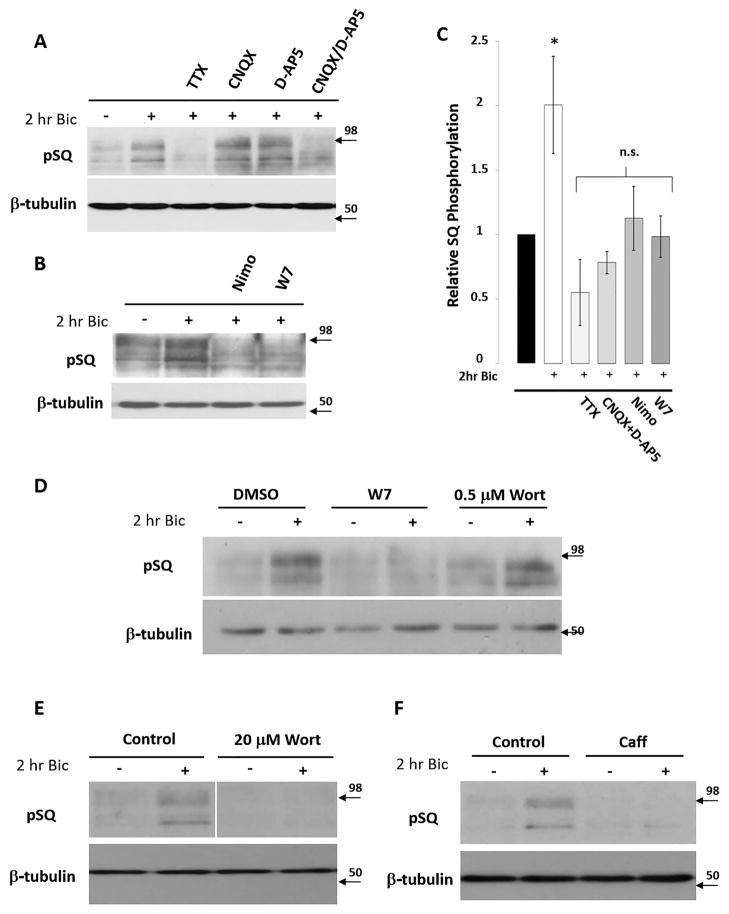Figure 3. Pharmacological characterization of SQ phosphoproteome activation.
A) Pretreatment of neurons with CNQX (40 μM), or D-AP5 (50 μM) does not block bicuculline-induced pSQ signal, while pretreatment with TTX (2 μM) or CNQX + D-AP5 does (Note: protein bands around band A&B in Fig. 1A were used for visualizing SQ phosphoproteome; bands of different molecular weights responded similarly to all pharmacological manipulations, see text). B) Pretreatment of neurons with nimodipine (Nimo: 20 μM) or W7 (25 μM) blocks the bicuculline-induced pSQ signal. C) Quantification expressed as average pixel intensity of substrate bands. Data expressed as means +/− SEM, *p<0.01. D) Pretreatment of neurons with wortmannin (Wort: 0.5 μM) did not affect bicuculline-induced pSQ signaling. Control: W7 application blocked bicuculline-induced pSQ signaling. E) Pretreatment of neurons with higher levels of wortmannin (Wort: 20 μM) blocked bicuculline-induced pSQ signaling. F) Pretreatment of neurons with caffeine (Caff: 20 mM) blocked bicuculline-induced pSQ signaling.

